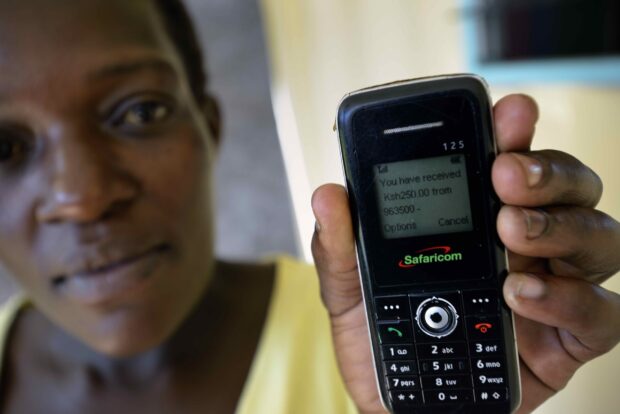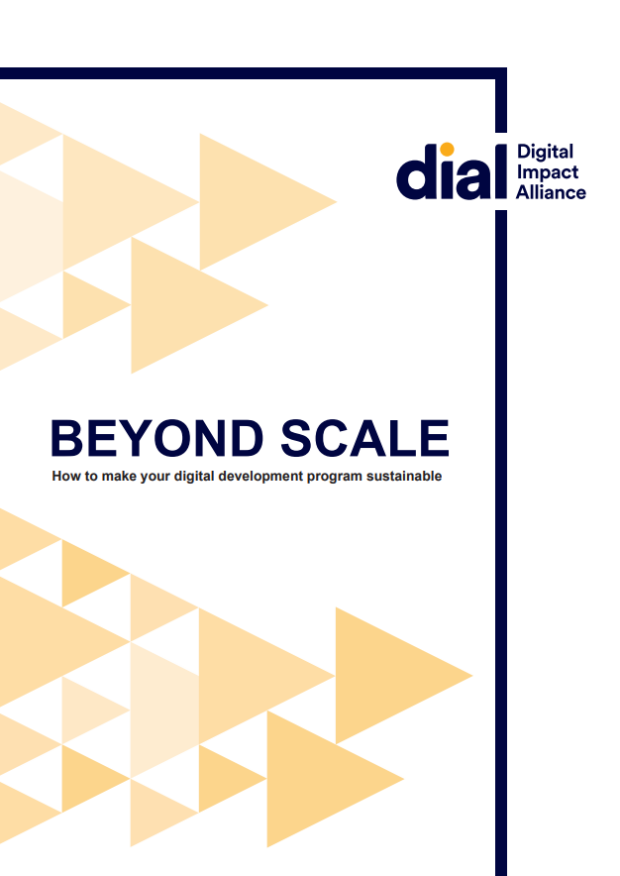This is the 167th paper of the Brookings Institute's Global Working Paper Series, which examines and analyzes some of the most pressing development and economic challenges facing the world. It was originally published by the Global Economy and Development program at Brookings in February 2022.
Digitization has the potential to create new pathways out of poverty and empower people in new ways, but it could just as easily, and perhaps more naturally, exacerbate inequalities, undermine trust in critical institutions, and erode social norms. The difference between a positive future state and a negative one will, in large part, be defined by whether digital public infrastructure is designed, implemented, and governed in service of the public good.
As the digital development community begins to coalesce around new approaches and funding models for supporting digital infrastructure for the public good, it is not only critical that a common vision exists but also that there are tools for understanding how digital technologies are supporting or hindering development goals.
To that end, this paper examines whether current measurement tools suffice in capturing the positive development impact of digital infrastructure and provide a lens through which to assess its potential downside risks. The inquiry focused primarily on payments, identity, and data exchange technologies—which together are commonly referred to as the “digital stack” and recognized as foundational components of any national digital transformation.
The paper finds that there is no systematic method for evaluating whether a digital stack is designed, implemented, and governed to maximize positive outcomes. More specifically, the paper finds current measurement approaches and tools are:
- Highly fragmented and inconsistent;
- Focused primarily on availability and usage, not on impact; and
- Constrained by traditional funding and project administration silos as well as the lack of clear standards with which to measure underlying infrastructure.
With these findings in mind, the paper also offers an initial framework that would not only monitor the availability of digital services but also the quality and implementation of the infrastructure that enables them in order to better assess impact at a household, market, and societal level.
While the paper does offer findings and a proposed framework, it is ultimately meant to foster discussion about better measurement of digital infrastructure in service of the public good.






